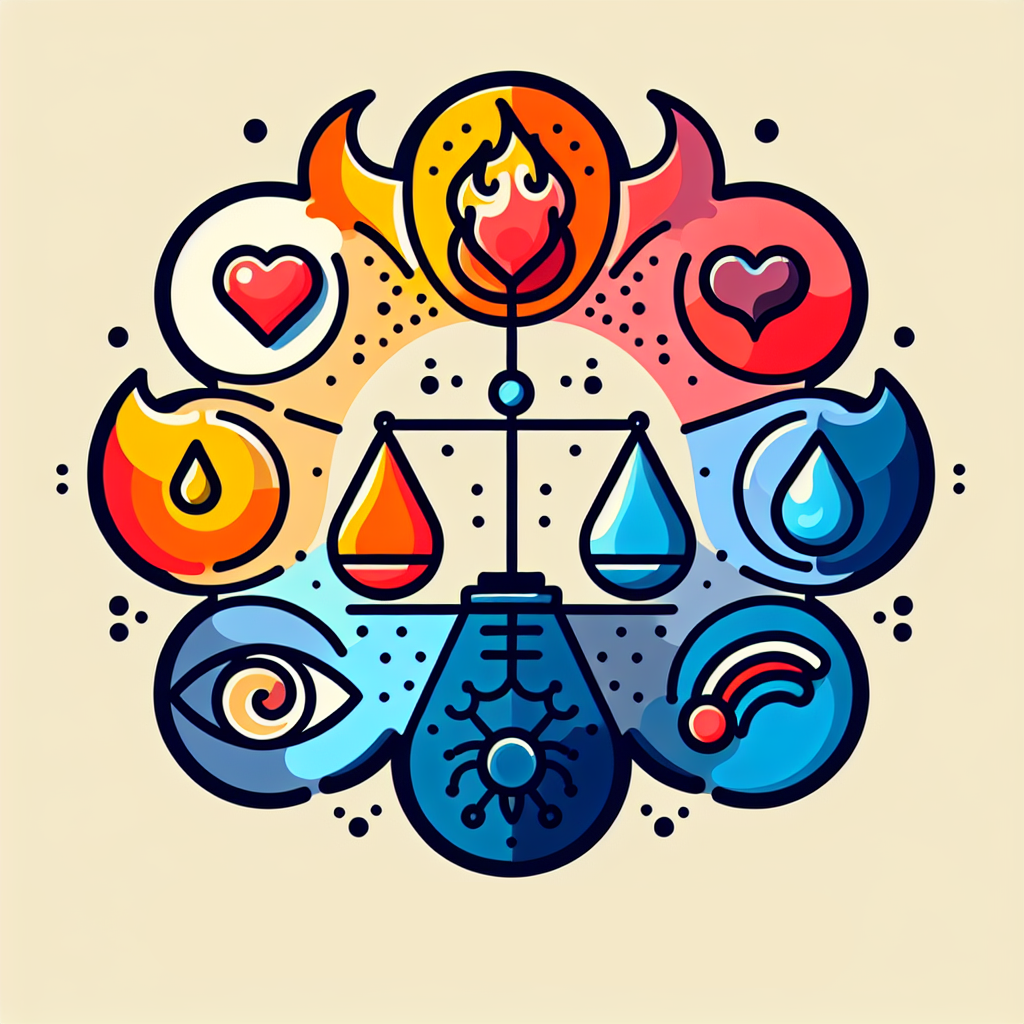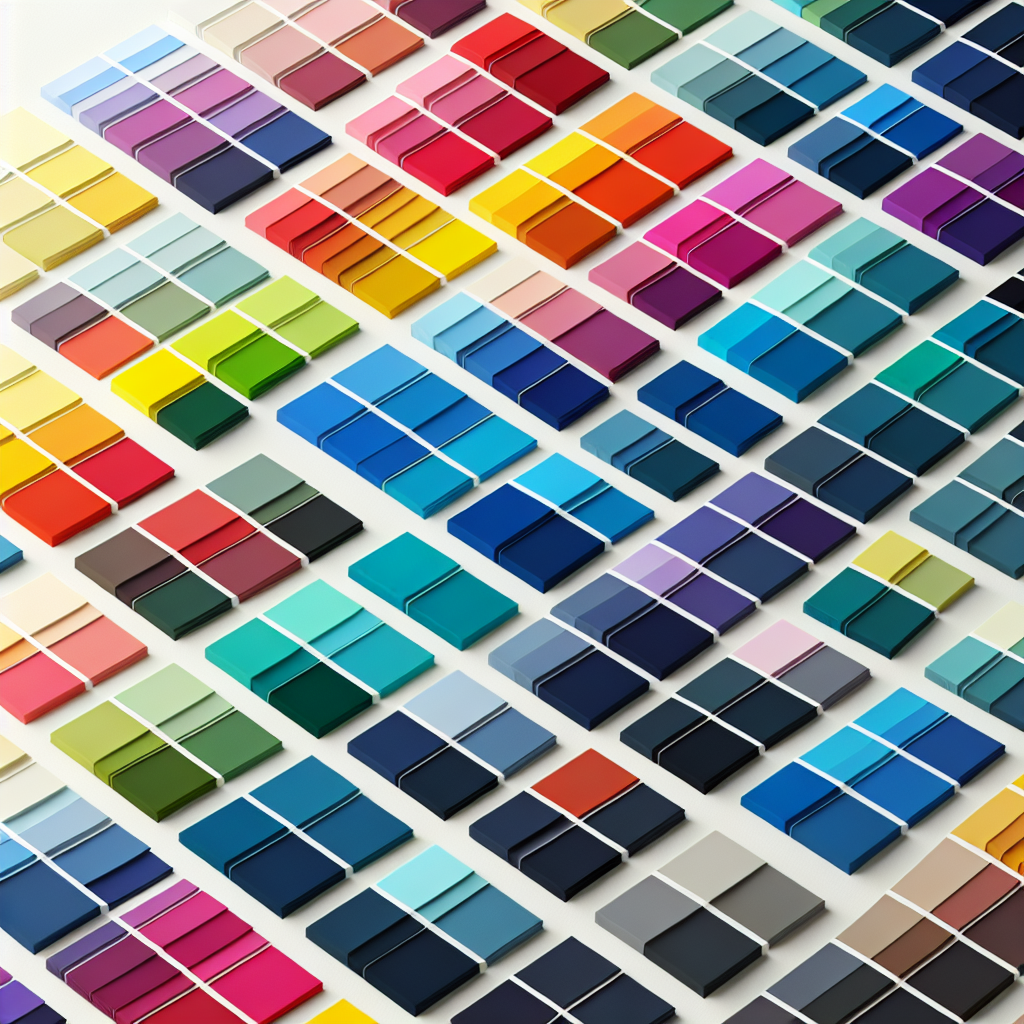Exploring the Science of Color Psychology in Advertising
By: Nicholas Carpenter
May 29, 2024

Color is not just a vital component of visual beauty in the world. It also signifies feelings, emotions, and experiences. The colors used in advertising can impact how a brand is perceived and how well its products or services are sold. Let's dive deeper into the world of color psychology in advertising and how it shapes consumer habits.
Color Psychology: An Overview
Color psychology is a branch of the field of behavioral psychology. It focuses on how our brains perceive what our eyes see, and how it influences our moods and behaviors, especially consumer behaviors. Different colors can evoke various emotions in viewers. Advertisers strategically use color to sway potential customers to a desired action.

The Impact of Colors
Each color can have different meanings in various cultures, but some general implications are universally understood.
Red: It signifies excitement, passion, and urgency. That's why clearance sales and fast-food restaurants often use this color since it encourages impulse buying.
Blue: It symbolizes trust, security, and tranquility. It's commonly used by banks, insurance companies, and businesses wanting to establish trust.
Yellow: Associated with happiness, youthfulness, and optimism. It grabs attention and effectively promotes children's products and leisure services.
Green: It represents health, tranquility, and nature. It's often used for organic or vegetarian foods, outdoor products, and environmental organizations.
Purple: It's tied to creativity, mystery, and royalty. It's often used for luxury, beauty, or anti-aging products.
Black: It's associated with power, luxury, sophistication, and mystery. It's typically used for luxury items and technological products.
White: It signifies purity, simplicity, and cleanliness. It's often used in healthcare, skincare, and technology.
Strategic Use of Color in Advertising
The application of color psychology in advertising is an art, not a science. Still, advertisers need to understand their audience, product or service, and the message they want to convey.

For instance, if you're advertising for a spa or wellness center, you may lean toward blues and greens to promote relaxation and health. If you're promoting a sale, you might use bright reds to create a sense of urgency.
It's important to maintain consistency in color use. Different shades of a particular color could imply different meanings, and the incorrect use of color could confuse or mislead consumers.
The Future of Color Psychology in Advertising
With the expansion of digital advertising, color psychology is becoming even more crucial. The first few seconds are critical for capturing the viewer's attention. The right selection of colors can influence viewers to stop scrolling and engage with the ad.
While color psychology is a significant factor in traditional advertising, its importance is magnified in the digital age, where the competition for consumer attention is fierce.

Closing Thoughts
Color psychology in advertising is more complex than simply picking a color because it looks good. Each color choice should align with the brand's identity, culture, product, target audience, and marketing goals. Chosen colors should evoke emotions, influence perceptions, and drive consumer behavior - a potent tool in the hands of skilled advertisers.
Next time you find yourself drawn to an advertisement or a product, look at the colors used and how they influence your perception and decision-making. You'll be surprised at how much impact these subtle design choices can have.
 AI Forged Ads
AI Forged Ads